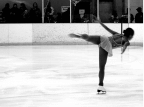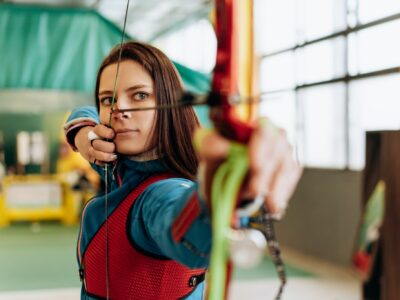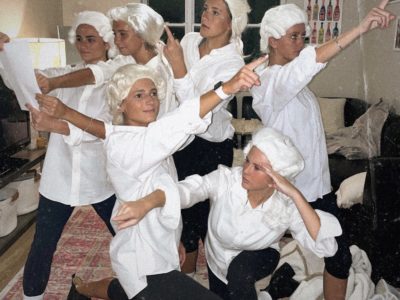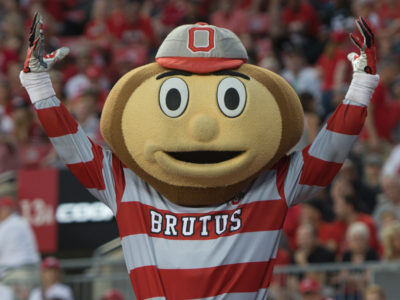
By Brandon Cooper > Junior > Journalism > University of Maryland, Photo by Oberazzi
The 2011 NCAA Men’s Final Four will be played in Houston at Reliant Stadium, the building that houses the Houston Texans. Next year’s BCS National Championship game will be played in the Superdome in New Orleans, a stadium that has hosted multiple Super Bowls and is home to the New Orleans Saints.
The U.S. Collegiate Figure Skating Championships will be held in Sun Valley, Idaho.
Seems just as prominent, huh?
Americans are used to glamour when they watch ice skating, but the sport at the collegiate level is definitely not what people are used to.
Every four years, when the nation’s attention turns to skating during the Winter Olympics, they see glittery body suits and exotic European coaches. They hear about the crazy amount of time each skater spends on the ice and of how each skater molds their life around their skating.
It’s hard to find that glamour in collegiate ice skating.
Unlike in most collegiate sports, not one of the more than 60 ice skating programs in the entire country offers their student-athletes a scholarship.
Some of the programs, like those at New York University and the University of Southern California, do not receive any funds from their school. Most receive a few thousand dollars per year, but the U.S. Figure Skating Association (USFSA) estimates the average cost of figure skating for a college student to be $1,200.
“It is quite a lot of money to figure skate,” Alexandra Porcu, a figure skater with White Ice Syncrosaid. “A lot of girls were working jobs to stay on the team because they love it that much.”
Many programs don’t even have coaches, and if they do, they work part time. Skaters often find themselves practicing at a public ice rink rather than a private Olympic training center.
The USFSA stresses that collegiate skaters are more “student” than they are “athlete”. The organization advises incoming high-school figure skaters to never choose a university based on their skating program.
“People don’t come to UVA for skating,” Jessica Dross, a figure skater at the University of Virginia, says. “It’s just something on the side.”
But even with little financial support from universities and little in common with the figure skating world America is accustomed to, collegiate figure skating programs provide opportunities for college students that most other athletic programs either can’t or won’t.
For one, ice-skating is a collegiate sport that allows student-athletes of all experience levels to participate. Numerous programs offer long-time figure skaters serious practice and competition while also encouraging students who have never skated before to pick up the sport.
“We have a couple of beginners who have never competed before and some people who have skated their whole lives, so it’s a wide range,” Dross said.
Nowhere can a mix of veterans and new skaters be seen better than on synchronized skating teams.
Synchronized skating puts between eight and 20 skaters out on the ice at one time to perform programs that include all members spinning, intersecting and spiraling together. With so many skaters performing at one time, some programs mix skaters with various experience levels.
“I am a freestyle skater, not a synchro skater,” Porcu said. “It’s almost a totally different sport… I didn’t realize how much I would learn. I knew all the moves. You have to be open-minded and try new things and put yourself out there.”
Other forms of figure skating in intercollegiate competitions include free skate, short program, solo dance and team maneuver.
One area collegiate ice-skating does have in common with other sports is the close sense of community that comes with competing on a team.
“Team Excel has a family feel,” says Lee Anne Filosa, a skater for New England’s Team Excel. “Most of the skaters have been with [our coach] for a long time.”
What is also unique to the sport of figure skating is the easiness of starting up a program at any college. All any skater needs to start their own program and compete is a membership with the USFSA.
There is no minimum number of people needed to start a program at a school. The University of Maryland has one skater on their intercollegiate team (they also have a synchronized team).
Figure skating programs also do not have to be directly affiliated with the skater’s university. Numerous programs, like Porcu’s White Ice Synchro in Washington D.C. and Filosa’s Team Excel in the New England area, have skaters from multiple universities competing for one program.
While Idaho might not be as sensational as Houston or New Orleans, collegiate figure skating’s diverse range of programs around the country gives the sport some exciting features other collegiate sports do not have.



















